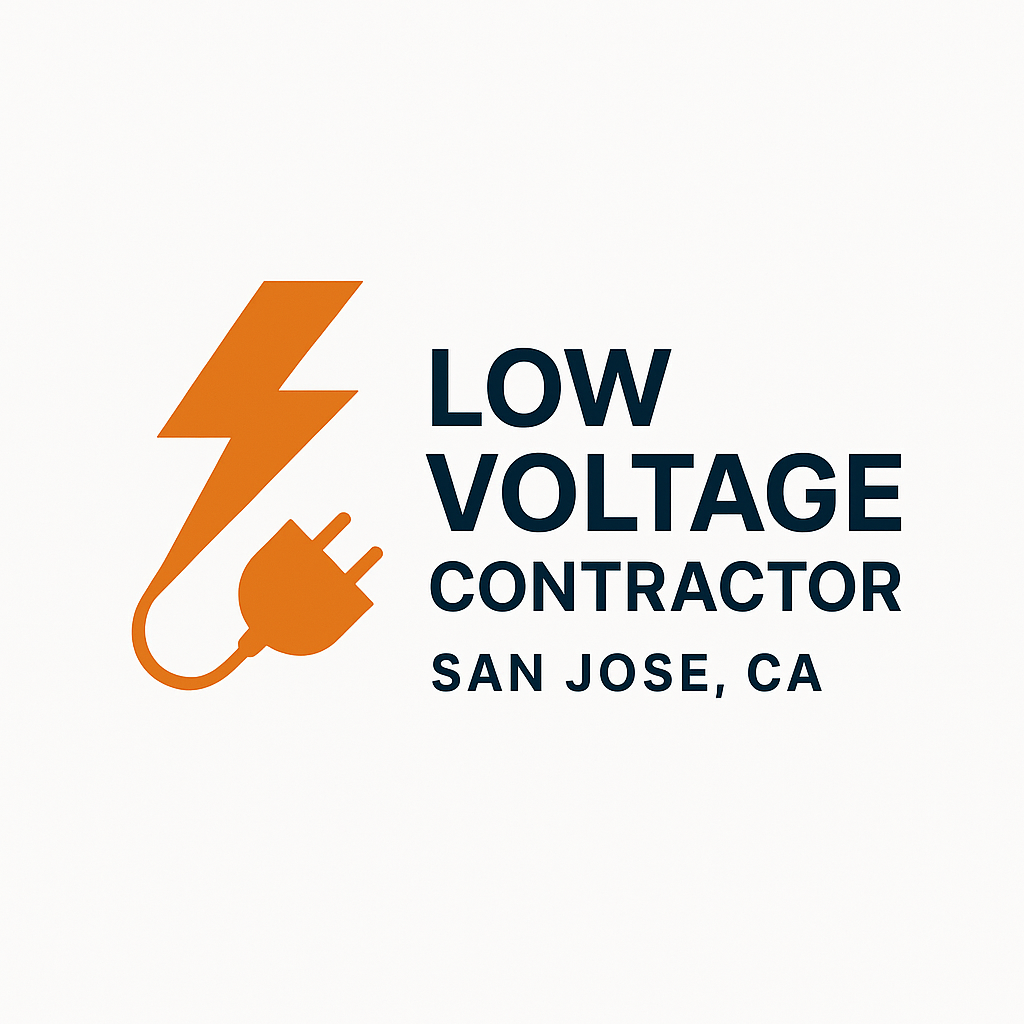5 Costly Mistakes to Avoid in San Jose Low Voltage Installations
Low voltage systems power the security cameras, intercoms, Wi-Fi networks, and smart technologies that modern San Jose homes and businesses rely on. When installed properly, these systems are safe, efficient, and code-compliant. But when mistakes happen, they can cause safety risks, failed inspections, expensive repairs, and insurance issues.
This guide breaks down the five most common mistakes in low voltage installations—and how San Jose property owners can avoid them.
Mistake #1: Mixing Low Voltage and High Voltage Wiring
Why This is a Problem
According to the National Electrical Code (NEC) Article 725, low voltage circuits must be kept separate from high voltage wiring unless rated for joint installation. Mixing the two can cause electrical interference, overheating, and even fire hazards.
Real San Jose Impact
During inspections, San Jose building officials often flag properties where contractors ran Ethernet cables and 120V power lines in the same conduit. This leads to failed inspections and costly rewiring.
How to Avoid It
- Use separate conduits or divider-rated raceways.
- Hire a licensed low voltage contractor who understands NEC and California Electrical Code (CEC) amendments.
Mistake #2: Skipping Permits and Inspections
Why This is a Problem
Many property owners assume that low voltage work doesn’t require permits. In San Jose, however, systems like fire alarms, access control, and large-scale security camera networks often require permits and inspections.
Real San Jose Impact
Unpermitted wiring can:
- Void property insurance claims after a fire.
- Delay real estate sales when inspections uncover code violations.
- Lead to fines from the San Jose Building Division.
How to Avoid It
- Always verify whether your project requires a permit.
- Work with contractors who handle permitting and provide inspection sign-offs.
Mistake #3: Using Cheap or Non-UL-Listed Materials
Why This is a Problem
Non-UL-listed cables and devices may not meet fire safety and performance standards. While cheaper upfront, they are prone to signal loss, overheating, and early failure.
Real San Jose Impact
Many commercial landlords in Santa Clara County now require UL-listed cabling and conduit for tenant improvements. Failing to use certified materials can result in redoing the entire installation.
How to Avoid It
- Choose UL- or ETL-listed products.
- Ask contractors to specify materials in the proposal.
Mistake #4: Overloading Circuits or Ignoring Power Requirements
Why This is a Problem
Low voltage does not mean “unlimited capacity.” Systems like CCTV networks, access control panels, and VoIP phones can overload circuits if power supplies are undersized.
Real San Jose Impact
Business owners in downtown San Jose have reported network outages and camera failures due to improperly balanced low voltage circuits.
How to Avoid It
- Calculate loads before installation.
- Use dedicated low voltage power supplies and avoid daisy-chaining multiple devices.
Mistake #5: Hiring Unqualified or Unlicensed Contractor
Why This is a Problem
Not all electricians specialize in low voltage. Some may take shortcuts or ignore best practices for data, security, and AV systems.
Real San Jose Impact
Unlicensed work often leads to failed inspections, system malfunctions, and increased liability for property owners.
How to Avoid It
- Hire contractors with a C-7 Low Voltage Systems License in California.
- Request references from previous San Jose projects.
- Ensure the contractor is insured and bonded.
Conclusion & Key Takeaways
- Low voltage installations are critical to San Jose properties—but mistakes can be costly and dangerous.
- The biggest errors include mixing wiring, skipping permits, using poor materials, overloading circuits, and hiring unqualified contractors.
- By working with a licensed low voltage contractor, you ensure safety, code compliance, and long-term reliability.
